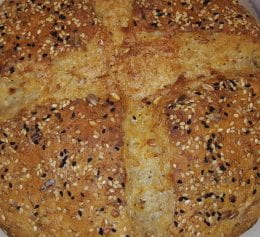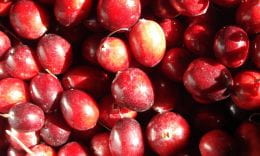
COVID-19 is the infectious disease caused by the SARS-CoV-2 coronavirus. It is a respiratory disease transmitted from person-to-person.
Currently, there is no evidence that food transmits COVID-19. What is important is to use safe food handling practices, most importantly, washing your hands frequently and cleaning surfaces with soap and water, then disinfectant.
It is almost farmers market season. Whether or not a market will be open near you depends on the decisions of local leaders. The sale of food and food products is considered an essential function.
The Kansas Department of Agriculture offers guidance for those markets that will be open. The primary concern is the safety of customers, farmers and staff.
Social distancing must be a priority. No unpackaged foods can be offered for self service. Keep hands as clean as possible by using a portable handwashing station or hand sanitizer. Clean surfaces and frequently touched areas often. Anyone, including customers, with signs of illness must stay home.
For more information on food safety related to COVID-19, see www.ksre.k-state.edu/foodsafety/topics/covid19.html.






